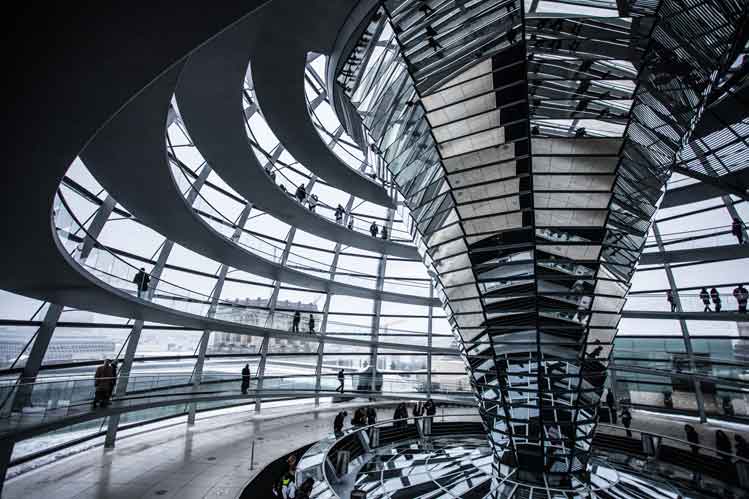
The Reichstag is home to Germany’s parliament, the Bundestag, and a free lift ride to its roof terrace offers spectacular views over the city and close-ups of the modern, Norman Foster–designed glass dome powering from the historic building. Pick up a free audioguide and learn about surrounding sights, the building and the workings of the parliament while moseying up the dome’s spiralling ramp. The glass aims to create a sense of political transparency. Book way ahead (http://www.bundestag.de/htdocs_e/visits/kupp.html) or hope for no-shows on the day of your visit.
A colourful memorial to freedom, the East Side Gallery sits along the Spree River and is the longest remaining section of the Berlin Wall. Shortly after its fall in November 1989, more than 100 artists from all over the world turned it into an open-air gallery covered in declarations of peace and other, often politically minded murals.
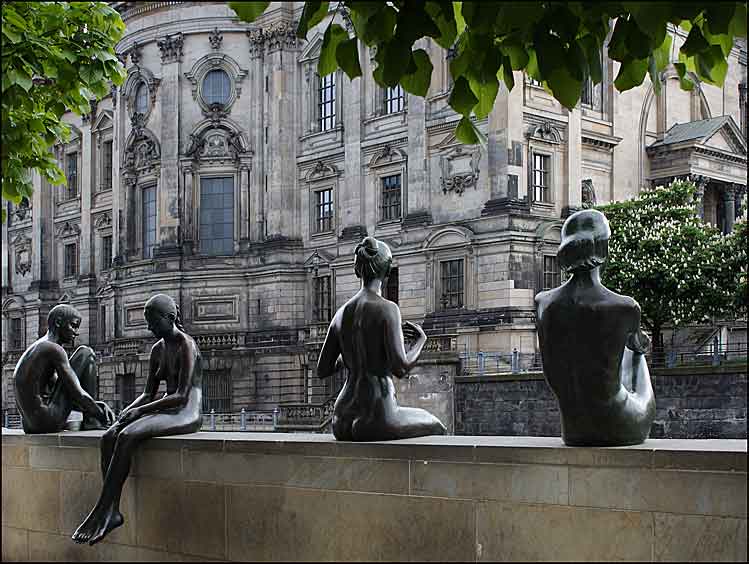
At the tip of Spree Island, Museum Island is complex of five museums – Pergamonmuseum, Bodemuseum, Neues Museum, Alte Nationalgalerie and Altes Museum – that collectively enjoy Unesco World Heritage status. While you’ll need to pay entry to peruse artefacts within, strolling the island to take in the magnificent architecture costs you nothing.
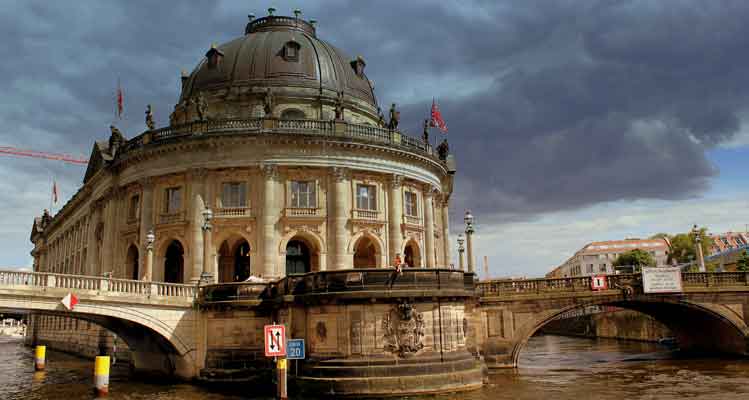
The haunting Holocaust Memorial, which commemorates the six million Jewish victims of the Holocaust, consists of a giant field of stelae – 2711 sarcophagus-like concrete slabs varying in height on undulating ground. As you walk through, an unsettling atmosphere is created from the audible whispers and footsteps of others close by.
In summer Berliners flock to their favourite parks to tan, picnic and knock back a few beers. The Tiergarten is the sprawling central city park with lots of paths, ponds and romantic corners. Or, for something unconventional, head to Tempelhofer Park, a former airport turned public park. Grab a disposable BBQ at the supermarket and grill your bratwursts next to the former runway. Mauerpark, which was forged from the ‘death strip’ once dividing the two Berlins, is another great hangout, especially on Sundays when a flea market and outdoor karaoke kick into action.
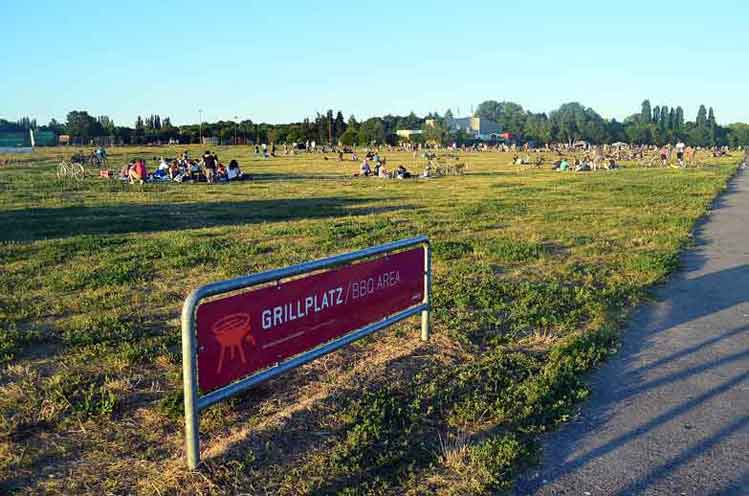
Berlin is one of the world’s street art capitals with plenty of international players having left their mark on local facades, including Blu, Pure Evil, ROA, JR and Os Gemeos alongside local talent like El Bocho and Alias. Keep an eye out as you walk around, especially in eastern Kreuzberg, around Boxhagener Platz and the RAW Gelände in Friedrichshain, Kastanienallee in Prenzlauer Berg and Haus Schwarzenberg in Mitte.
Check out what gets cooked up in local kitchens by stopping by gourmet delights at a farmers’ market. One of the best, Kollwitzplatz in Prenzlauer Berg, has an artisanal bent and takes place on Thursdays and Saturdays. Kudos for being the most colourful goes to the Turkish Market held on Tuesday and Friday afternoon along the canal in Kreuzberg. Nearby, Markthalle Neun is a historic market hall that hosts produce vendors on Fridays and Saturdays but is most fun on Thursday evenings when fashionable foodies invade for a celebration of international street food.
The horrors of the Third Reich become all too real when walking around Sachsenhausen (www.stiftung-bg.de/gums/en), one of the first Nazi-built concentration camps on German soil. The most sobering stop is Station Z with its execution trench, crematorium and gas chamber.
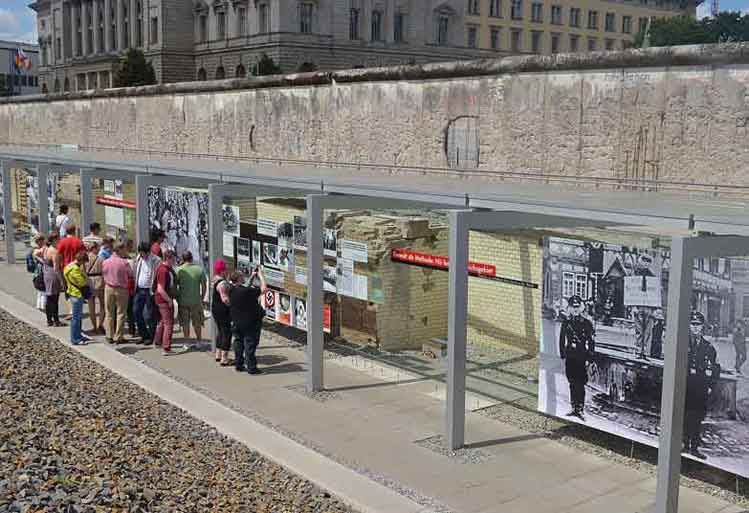
Right where once stood the most feared government institutions of Nazi Germany, including the Gestapo headquarters, the Topographie des Terrors exhibit documents the chronology of Third Reich terror, while introducing all the main perpetrators. From spring to autumn, outdoor panels zero in on how daily life changed for Berliners after the Nazi takeover. For an even more in-depth experience, take the self-guided tour around the chilling grounds.
Seek out one of the many flea markets that set up around town on weekends. Whether you’re after vintage threads, GDR kitchenware or retro lighting, you’ll find a flea market to your fancy. Our picks are Arkonaplatz for vintage finds, Nowkoelln Flowmarkt for Berlin fashion and designs, and Mauerpark for its eclectic selection, beer gardens and people-watching.
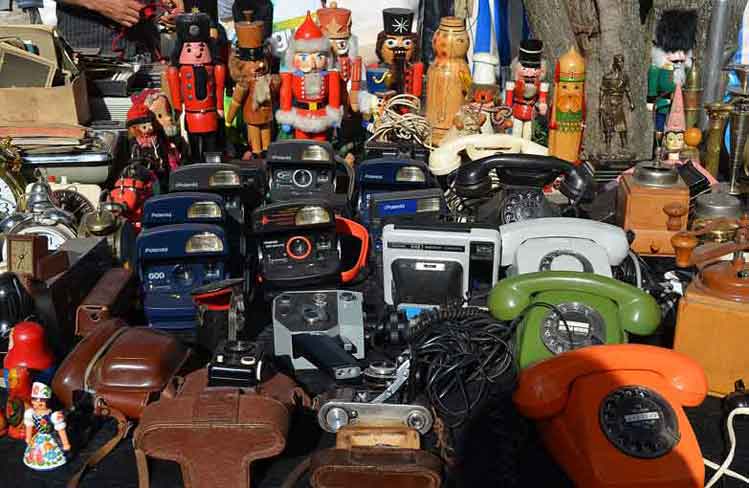
Although Checkpoint Charlie has mostly degenerated into a tourist trap, it’s still an essential place to visit. The principal gateway for foreigners and diplomats between the two Berlins, it was here where the world stood on the brink of WWIII when US and Soviet tanks faced off in 1961. A free outdoor exhibits chronicles milestones in Cold War history.
Germany’s central memorial to the victims of the Berlin Wall, the Gedenkstätte Berliner Mauer (Berlin Wall Memorial) stretches for 1.4km along Bernauer Strasse, along the actual course of the Wall. This is the best place to learn how all the elements of the hated barrier and the death strip fit together, how the border fortifications were enlarged and perfected over time, and what impact they had on the daily lives of people on both sides.
Berlin’s most iconic landmark, the Brandenburg Gate, was erected in 1791 as the royal city gate, but spent the Cold War years abutting the Berlin Wall and thus becoming a symbol of the divided nation. Crowned by an elaborate sculpture of the winged goddess of victory piloting a chariot, it now serves as an potent symbol of German reunification.
A charismatic warren of eight beautifully restored courtyards in central Mitte, the Hackescher Höfe is the perfect place for an afternoon coffee, shopping for indie Berlin fashion and design, or picking up an idiosyncratic gift for the folks back home.
Karaoke crazies can have their rock-star moment in Mauerpark on Sundays. Be prepared for a capacity crowd cramming onto the bleachers of an outdoor amphitheatre to cheer and clap for the brave singing souls performing in the ‘pit’. It’s a great spectacle and easily combined with a spin around the Mauerpark flea market.
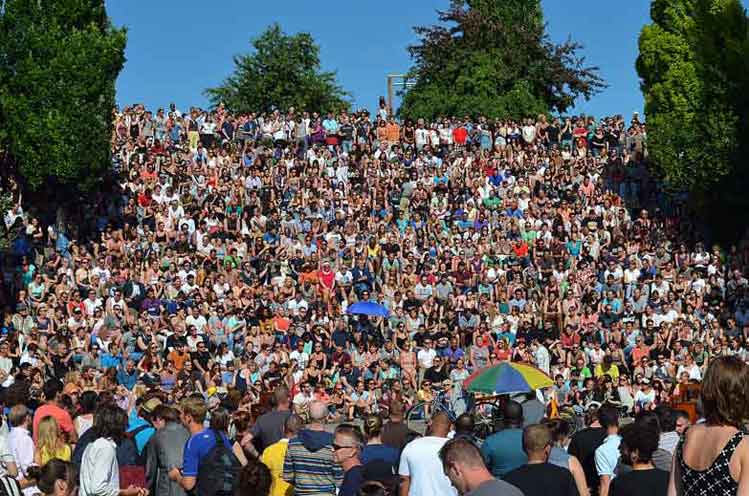
Every Tuesday at 1pm, the foyer of the famous Berliner Philharmonie gets packed with classical music fans for free lunchtime chamber music concerts. Students of the Hochschule für Musik Hanns Eisler also show off their skills at free recitals several times weekly. Jazz haunts A-Trane, b-flat (http://b-flat-berlin.de/h/index.php?lang=en&to=programm), Quasimodo and Kunstfabrik Schlot host free jam sessions on different nights. Also check the listings magazines for free rock concerts at venues around town.
On a warm day, join locals and jump on a train, lugging your swimsuit and a six-pack of beer, to cool off at a nearby lake. Schlachtensee lies on the fringes of the Grunewald Forest, 30 minutes from the city, with clear water and plenty of picnic spots. Just behind the Tegel airport is the beautiful Tegeler See, with its steamboat cruises and row boats for hire. To lose the crowds, get your own wheels and venture 40km northeast to woodsy Bernsteinsee.
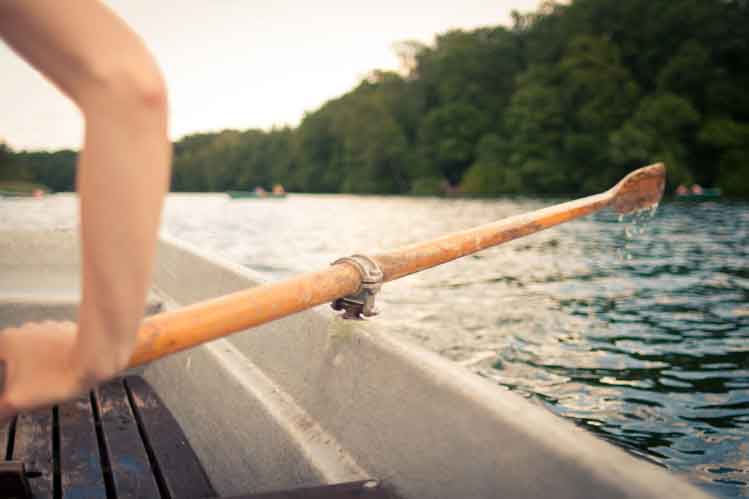
Venture into Treptower Park to explore the massive Soviet War Memorial which commemorates the 5000 Soviet soldiers who died in the final Battle of Berlin. Designed by Soviet architect Yakov Bolopolsky, it incorporates a statue of Mother Russia, a red marble entranceway flanked by kneeling soldiers and a 13m tall statue of a Soviet soldier holding a child.
Stand in awe of the lavish exterior of the Italian Renaissance-style former royal court church, the Berliner Dom. The interior brims with artworks but admission is free only during services.
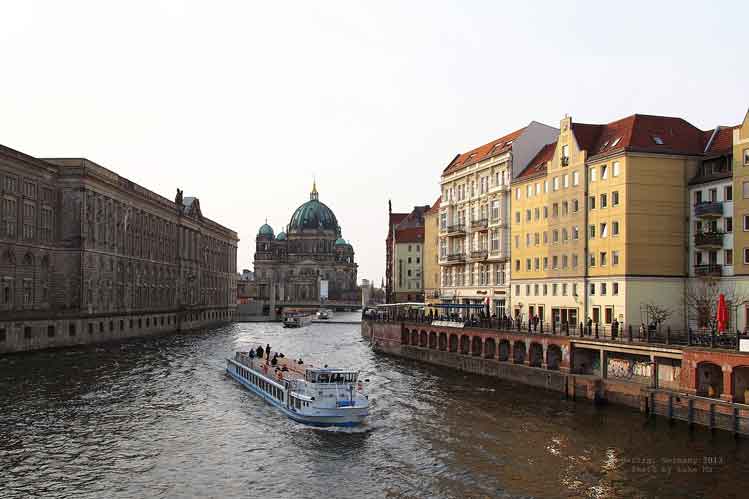
This article was first published in September 2013 and was updated by Andrea Schulte-Peevers in January 2015.